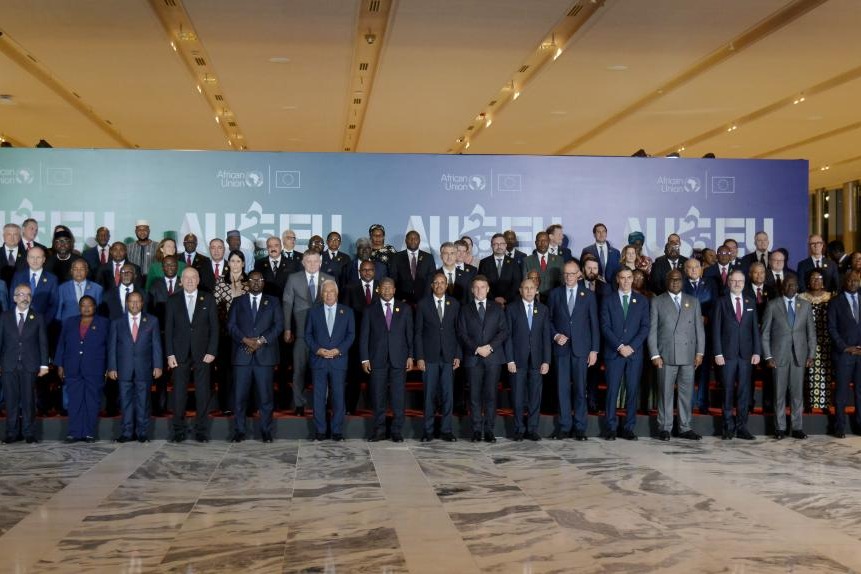Designers take inspiration from history

MOSCOW - In her workshop in a Moscow attic, Maria Andrianova is using a sewing technique she learned from elderly women in the forested Karelia region of northwestern Russia.
"For me, sewing is a way to learn about my origins," said the 31-year-old designer.
She describes her "Masha Andrianova" fashion line as "for the modern world" but uses some sewing techniques dating back to the Tsarist era.
Her flowing dresses, high-necked blouses and pleated skirts are made of natural materials in pale or autumnal colors.
"In Karelia, the locals showed me a way of sewing that I didn't know about. They had learned it from their mothers, it was like a family secret," she said, lightly braiding two threads together.
More and more young Russian fashion designers like Andrianova are finding inspiration in traditional sewing methods that have fallen into disuse, seeing them as a way to stand out from the Western brands that poured into the country since the early 1990s. "We don't want to look any more at what the others are doing in the West," she said.
"We want to find our own methods, because we also have many traditions and a very rich culture."
Learning about such traditions could be a way for young Russians to explore further back into their country's past.
Andrianova has taken inspiration from sketches by an ancestor who owned a weaving factory, as well as from the life story of her great-grandmother, who headed a dressmaking business. She also learned techniques from her grandmother.
"But I'm not restoring period clothing," she said. "I'm creating modern clothes that carry Russian history in them."
'Natural process'
At 35, Yukhann Nikadimus decided to devote himself entirely to making kokoshniki - traditional women's high headdresses that were particularly popular in the 19th century.
Working in a factory that dates back to the 16th century but was later named after revolutionary leader Vladimir Lenin, the tall bearded man carefully embroiders pearl patterns on to canvas stretched on a wooden frame.
While he gets his ideas from period photographs, he insists that his kokoshniki can work in any contemporary wardrobe. "You could wear a kokoshnik with a modern wedding dress, for example," he said.
"National dress shouldn't be something that is fixed," he insists. "It changes all the time - new techniques appear, you have to incorporate them, it's a natural process."
For cultural commentator Ilya Oskolkov-Tsentsiper, such a revival of interest in pre-revolutionary dress among young designers was "almost inevitable".
"During Perestroika (in the 1980s) and the following decades, Russians were fascinated by the West and everything that came from there," he said.
"Back then we underestimated the value of what we had (in Russia) and overestimated the beauty of everything outside."
Agence France-presse































